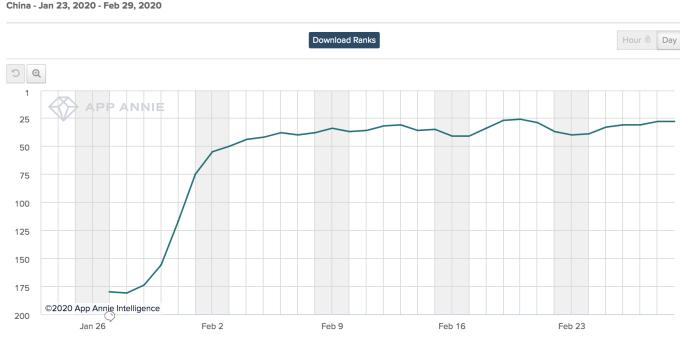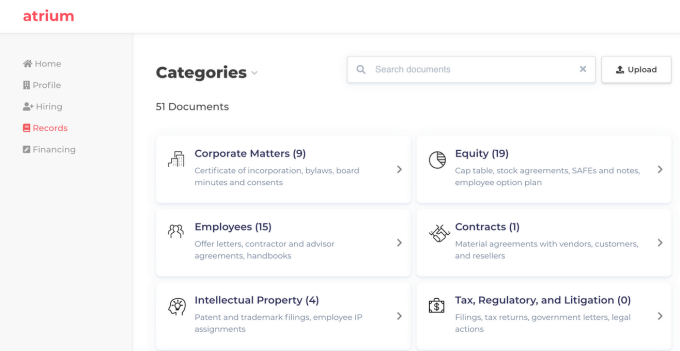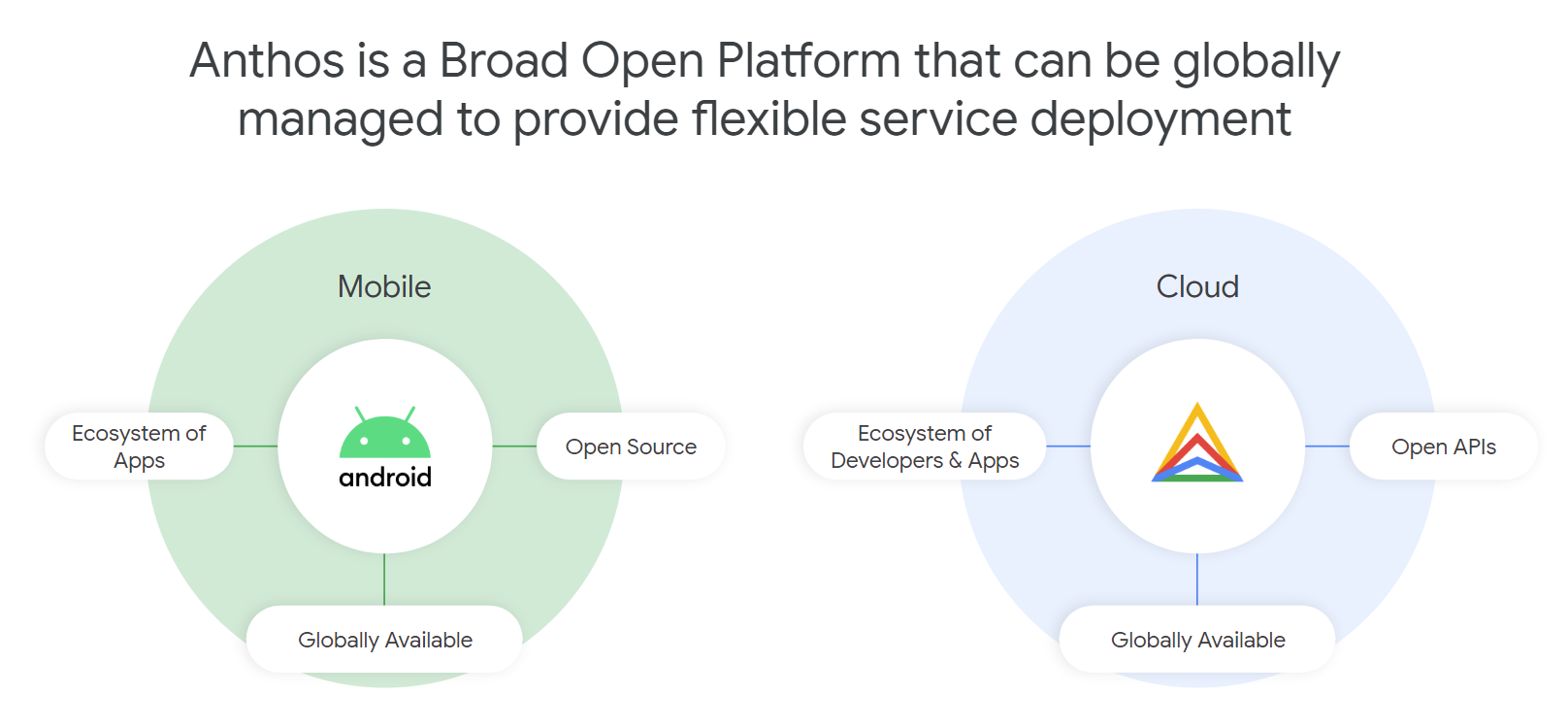TFLiving, with $4.8M in seed funding, wants to be the Uber for amenities
TFLiving, looking to bring amenities to residential and commercial spaces, has today announced the close of a $4.8 million seed financing led by Camber Creek. Courtside Ventures, and other strategic investors, also participated in the round.
TFLiving uses technology to connect service providers, like massage therapists, yoga instructors and dog walkers, with property managers and their residents. The service allows residents to sign up for classes or services, as well as request other community events or services, directly from an app.
The most popular use case of the service is fitness, both classes and individual trainings, but TFLiving offers a relatively broad variety of services and experiences to residents at its 300 partnered properties.
Here’s how it works.
TFLiving signs partnerships with property managers of buildings that don’t currently offer amenities, or want to complement existing amenity offerings. After checking out the building, TFLiving determines if there is any under-utliized space in the building, such as a rooftop or a vacant unit, that could be repurposed for community classes.
After evaluating the space, TFLiving surveys residents and determines what they’re interested in via the app, which then serves up options from actual service providers on the service within the guidelines of the property manager’s financial guidelines.
One of the strengths of the business, according to founder and CEO Devin Wirt, is that the cost structure of the platform is highly customizable. Who pays is a question that can be answered by the property manager. If the building has a huge budget for community engagement and the property manager sees value in offering five classes/month and unlimited on-demand massage, they can choose to do so. The property manager can also grant TFLiving access to the building without paying a dime, passing on the full cost of the service to residents.
In most cases, property managers will foot the bill for community events, while residents pay for their own individual services like massage and dog walking.
Because TFLiving’s pricing is based on service and not calculated by number of units, the product can be priced at an affordable cost within the budget of the property and based on demand from the residents.
TFLiving also allows property managers to mark up the class or service and keep a cut of the profit. For example, if a property manager doesn’t have the budget for community classes or services, but doesn’t mind letting residents book individual personal training in the on-site gym, that property manager can mark up the cost of fitness classes by 20% and generate some revenue that could eventually go toward community events.
“One of the things that we stay pretty stringent on is just how far they’re able to market the prices,” said Wirt. “As a core mission of staying affordable to all asset classes, we understand that because we’re not paying a lease, we’re able to charge below market pricing. We still want to stay true to our core mission that we want to provide affordable services.”
Unlike ClassPass, which also connects service providers to users in the fitness space, TFLiving does not dynamically price its various classes and services based on popularity or quality. Fitness classes, for example, are always between $50 and $80, with geography being the main determining factor on specific price.
The company declined to share the revenue breakdown between the company and service providers, but noted that it varies by vertical and that service providers receive a majority of the revenue.
TFLiving currently has agreements with properties across 29 states, with contracts at more than 800 properties, soon covering more than 200,000 units.
Wirt says that he sees the potential to implement TFLiving in commercial spaces as well, such as offices.
Moreover, TFLiving has worked on the tech side to be as useful, not necessarily as prominent, as possible. TFLiving integrates with a variety of property management platforms, from mobile doorman apps to platforms for paying rent to maintenance requests. Residents using those apps can request and book TFLiving amenities straight from those platforms.
![]()



 SaaStrAnnual.com
SaaStrAnnual.com (@jasonlk)
(@jasonlk) 




